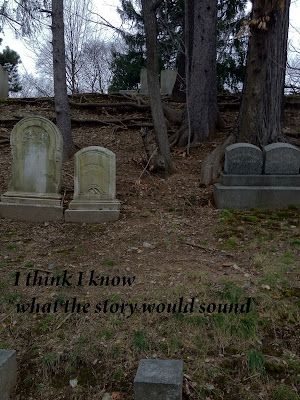This Saturday morning I needed to replenish my supply of Quaker Grits. On my grocery run I bought a fresh container of the kind of enriched white hominy that can take an average of twenty minutes to prepare on stove top on a winter morning.
I would feel a little like Geraldine Page if I took the full twenty minutes, but I generally use a microwave. And then it is only eight minutes before a pat of butter blends its yellow with stir after stir of smooth, creamy grits, steaming in a white bowl.
What other New Englander had treated himself to that kind of breakfast Saturday morning?
Any of my fellow concertgoers Saturday evening?
 I had not ever before been in the church where the choral concert took place Saturday evening. Friends who were members of the chorus were performing here for the first time. Not a fifteen-minute drive from my apartment, and I sat in a setting so unexpected and beautiful that I had to take pictures.
I had not ever before been in the church where the choral concert took place Saturday evening. Friends who were members of the chorus were performing here for the first time. Not a fifteen-minute drive from my apartment, and I sat in a setting so unexpected and beautiful that I had to take pictures. At intermission I stood with my usual crowd and gaped with them. I learned from one of them, a student of architecture, that the church was not -- as I had presumed -- the work of the architect of Boston's Trinity Church, Henry Hobson Richardson. The style was definitely Richardsonian Romanesque, but this 1888 structure had been designed by another architect -- John Lyman Faxon.
At intermission I stood with my usual crowd and gaped with them. I learned from one of them, a student of architecture, that the church was not -- as I had presumed -- the work of the architect of Boston's Trinity Church, Henry Hobson Richardson. The style was definitely Richardsonian Romanesque, but this 1888 structure had been designed by another architect -- John Lyman Faxon. Well, what did I really know about Henry Hobson Richardson anyway, I asked myself this Sunday morning.
Well, what did I really know about Henry Hobson Richardson anyway, I asked myself this Sunday morning.Not that he was a native of Louisiana, I assure you. But that's what I learned this morning, again and again, all the online resources corroborating the fact that he had been born and raised on a plantation in Vacherie, Louisiana.
I had travelled along the River Road through Vacherie time and again in my youth. My own father's mother had grown up in another of the plantation homes there. We had passed the home of Henry Hobson Richardson in our green Chevrolet, most likely, without knowing it.
Henry Hobson Richardson, the architect of Boston's Trinity Church, a man who ate grits for breakfast on winter mornings growing up?
Most likely.








